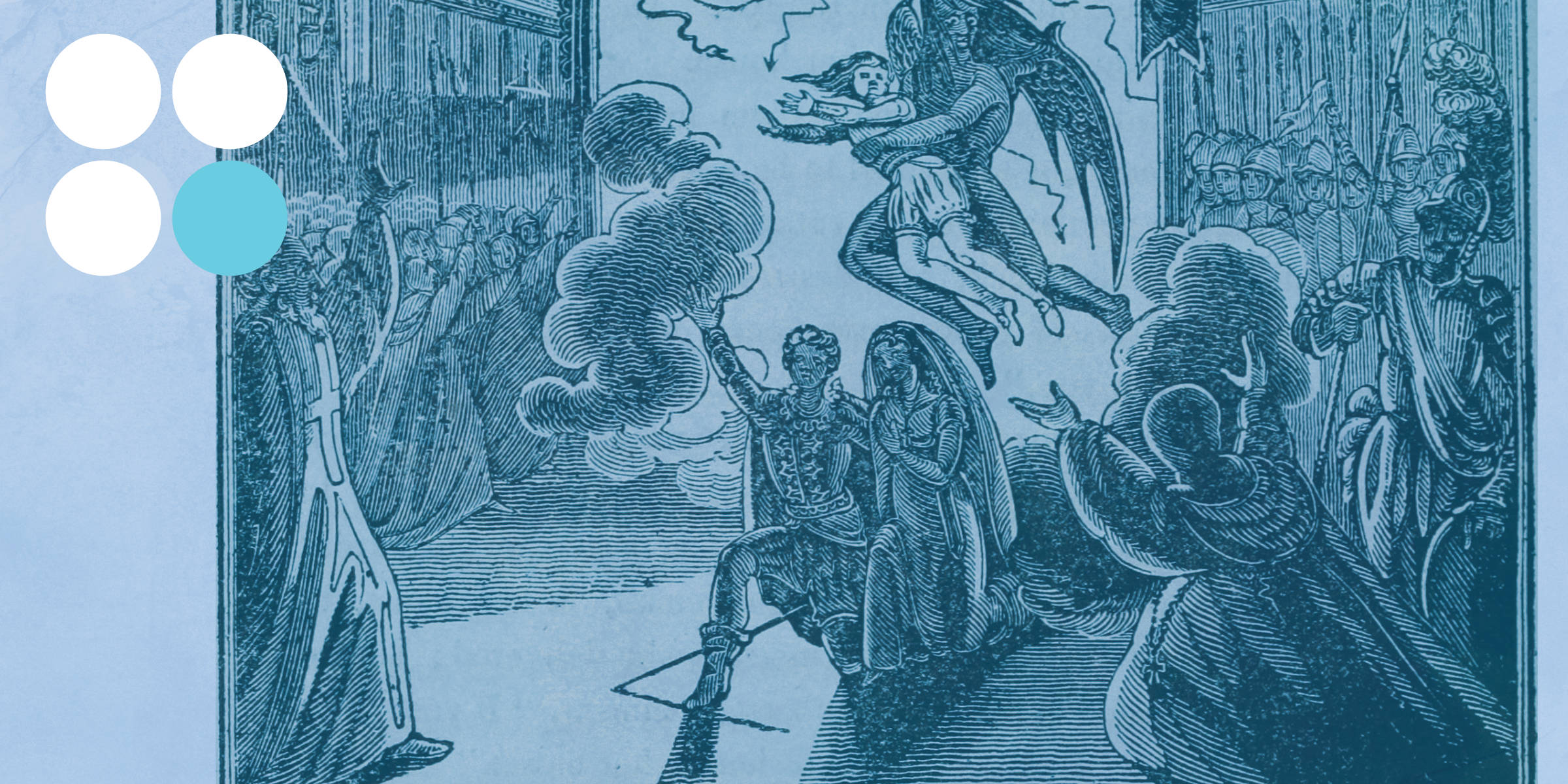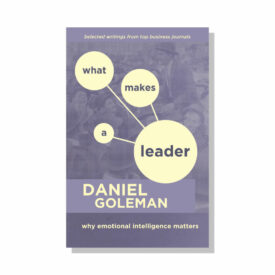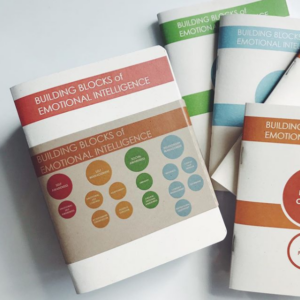
The stories we tell, the words we choose, and the body language that accompanies those words have a tremendous impact on our ability to influence others. When people feel understood and can see themselves within the story you tell, you gain the power to change the status quo.
Influence is the essence of what a leader does. As such, you can utilize influence to gain buy-in for your ideas, to foster change in your organization, and to instill purpose in your work, even if you aren’t in a formal leadership position.
On a neurological level, tone of voice, body movements, gestures, facial expression, and posture all combine to create packages of energy received by the social brain. People with strengths in influence are sensitive to the exchange of this energy and use it to persuade through language.
Storytelling enables us to connect with the social brain. This active engagement fosters trust and resonance with others. After all, a compelling story is far more engaging than facts or information alone. We can use stories as vehicles for information that also speak to our shared emotions and goals.
Telling Your Story
Leaders–whether formal or informal–achieve their effectiveness through the stories they tell. Resonant narratives offer an alternative to the prevailing storyline (“this is just the way things are”) and help us gain buy-in from others to move an idea or project forward.
Marshall Ganz, community organizer and Harvard professor, has identified three layers to an effective public story: “the story of self, the story of us, and the story of now.” The story of self is your personal story. This includes why you have chosen to pursue change–whether you want to make your company more environmentally sustainable, improve the school system in which you teach, or establish patient limits in your hospital.
Why is this change important to you? And how has your story thus far led you to value this change? You might begin by thinking about your parents and your childhood. In what ways has your past led you to where you are today?
The story of us enables others to fit themselves into your vision. What values do you and members of your organization share? What story can you tell that articulates your shared identity? For example, as a nurse petitioning for safe patient limits, you might find the story of us in a common desire to help others, for which you and your coworkers have made sacrifices throughout your careers.
An effective story of us necessitates authentic leadership. With self-awareness and empathy, we can build genuine rapport with those we seek to lead. Without these competencies, the group you want to influence may find it difficult to relate to you or envision themselves within your narrative.
Lastly, the story of now articulates the action you and your group must take. Effective leaders identify actions, not simply problems. What specific action will you call upon your group to take? How does this serve your mission? Why should your group take this action now, instead of postponing it for the future?
You may find it beneficial to tell your story to a friend or record yourself. Start at the beginning (your parents, your childhood), move toward the present, and envision the future you’d like to shape.
Once you’ve gotten your thoughts out, try to distill your answers to three sentences, one for each layer (self, us, and now) of your story. The ultimate goal of this exercise isn’t to write a single narrative, but to have pieces you can adapt and iterate from again and again for different audiences and situations. When we build a narrative in this way, we develop the tools to initiate positive change in our communities and organizations.
This activity is inspired by Marshall Ganz’s worksheet, “Telling Your Public Story.” If you’re interested in developing a politically oriented story, you may find his work particularly beneficial.











 All 12 of the EI Competencies are explored in
All 12 of the EI Competencies are explored in 





